For an easy hike with wonderful views and great wildflowers, I recommend the Mount Diablo Mary Bowerman trail. It is just a mile long with just 80 feet of elevation gain, but it packs a lot into that short distance. You circumnavigate the peak in Mount Diablo State Park, so you get wonderful views in every direction. The drive up to the peak takes a long time on a winding road, but there are ample opportunities to pull off into small picnic areas along the way that also offer some great places to hunt for native wildflowers. One of the neat things about this hike is that just about every wildflower we found on the hike was native, there aren’t many non-native species that have made it up to the top of the mountain.
This time we visited in early May. It was a cloudy day, and since the peak is 3849′ high we found ourselves in, sometimes above, the clouds! Even though the lower slopes of the park were fairly dry, there were lots of flowers to see on this hike.
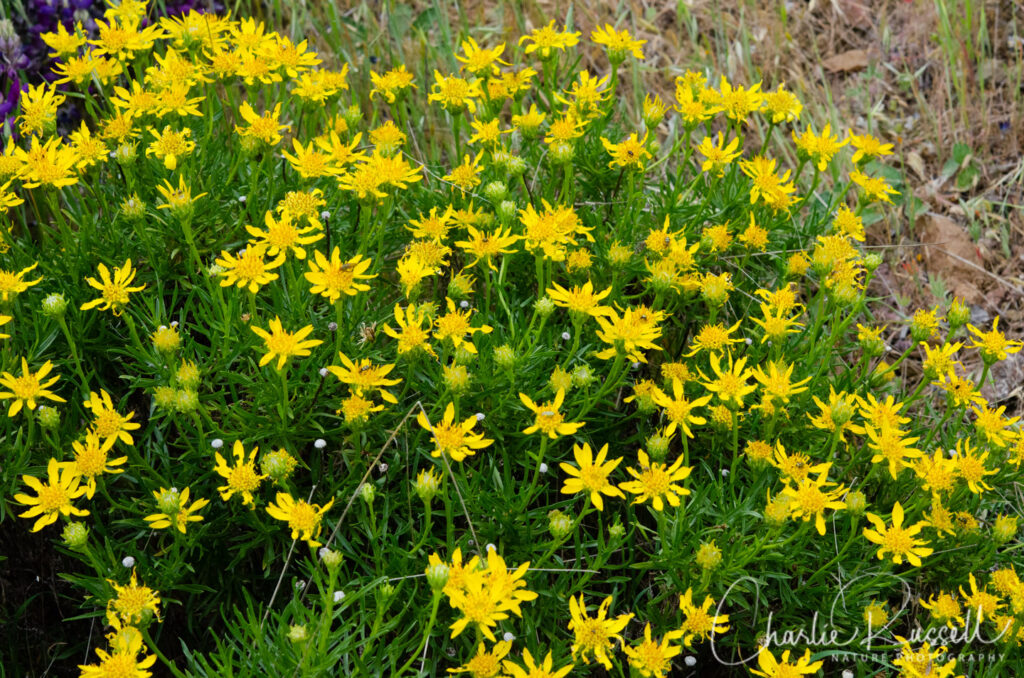
The Flowers
Here’s a sample of a few of my favorite Mount Diablo wildflowers from this hike (click on the image to see a larger view).
All along the ADA accessible portion of the trail we found lots of Red larkspur. It is so brilliant!
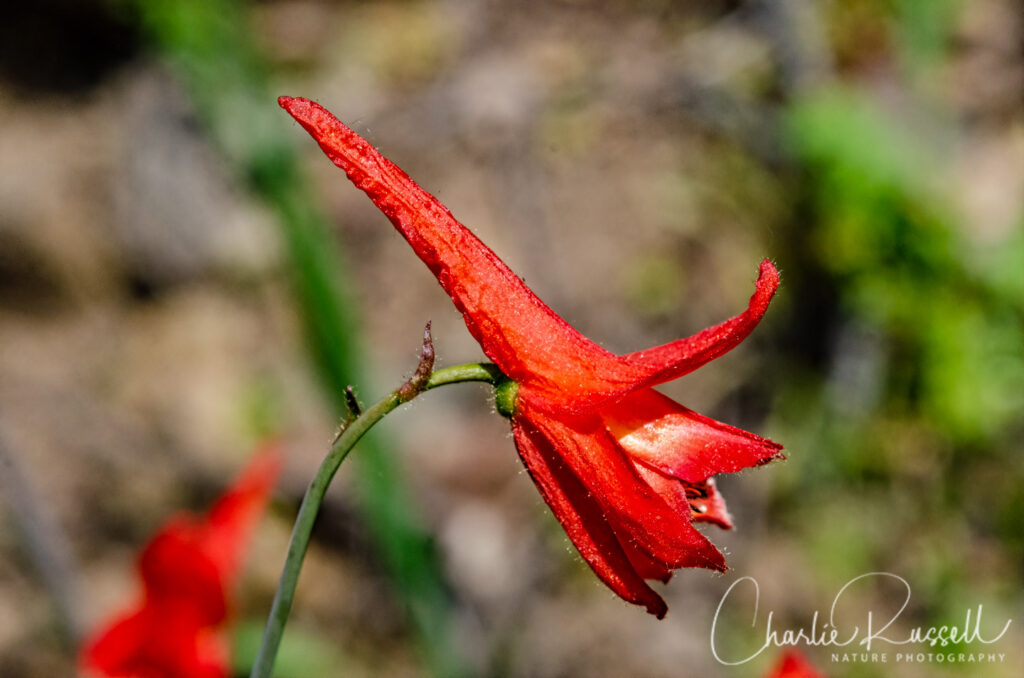
I was surprised to find a few Checker lillies still in bloom this late. The advantage of hiking at the higher elevation.

I’m generally not a fan of thistles, but the Cobweb thistle is native, and very interesting.
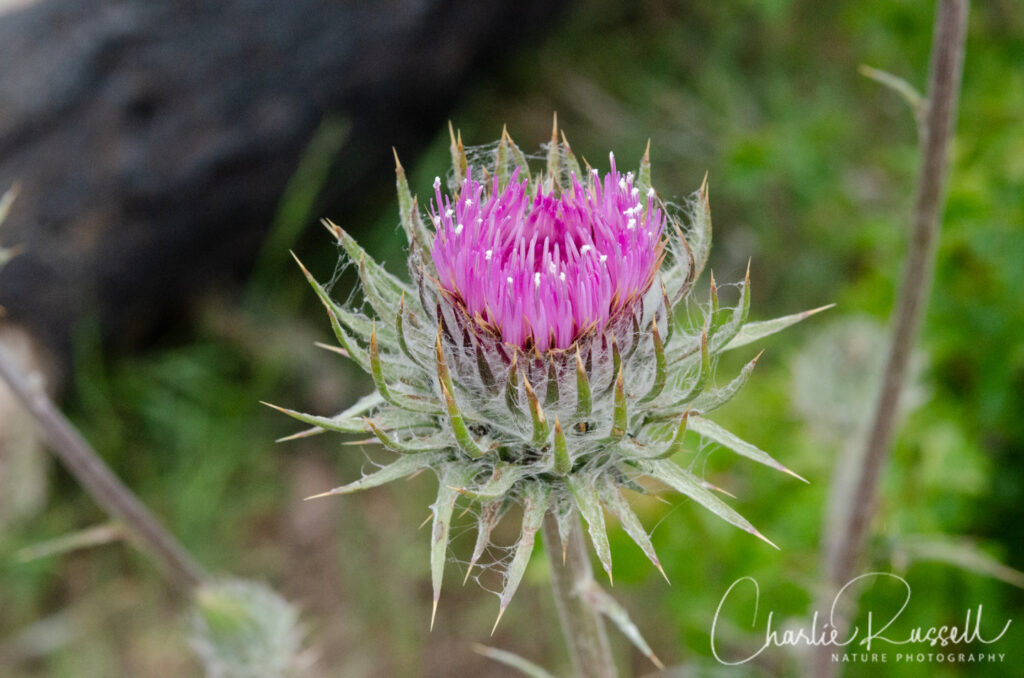
On the back side of the trail, where it is more exposed and generally just broken rock, you can find Scytheleaf onion. This one hasn’t quite opened up, but you can see how the leaves give it the name.
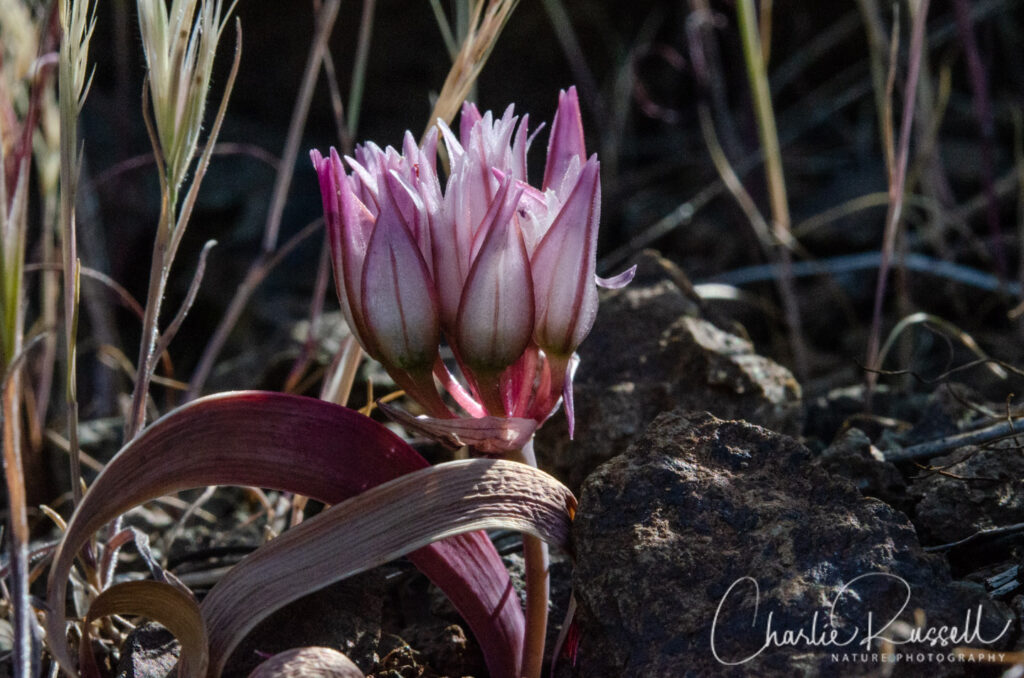
For the best viewing experience, click on the lightbox image below, and you can scroll through larger versions of the photos of many of the plants (and other things) that we found on this hike. All photos are available for purchase in a variety of formats.
The Hike
This hike begins at the parking lot that is just below the summit. We started at the larger “lower summit parking lot”, but there is a smaller one just east of that, right where the road splits. If you go north you will see a large trailhead sign that provides information on the Accessible Trail portion, which is a reasonably wide cement trail that is about 0.2 miles long. There were a lot of wildflowers along this section! We found Red larkspur here, as well as some late-season Checker lilies (amongst other things).
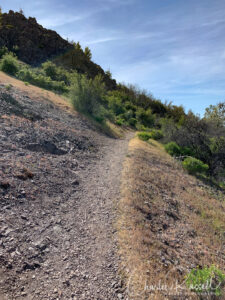
After the accessible section the trail turns to broken rock and becomes narrower. You skirt along the side of the mountain crest. This section is much drier and more exposed, so you get a different selection of wildflowers. Look for Gypsum spring beauty and Scytheleaf onion on either side of the trail.
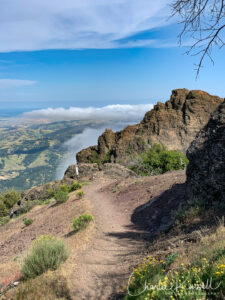
At a large outcropping the trail turns back west. There are multiple trail branches here (which don’t show on the “summit area” map. Some lead up to the visitor center, some lead down hill towards the North Peak trail. We took the middle option, which is fairly level, heading west back to the parking area. This section has yet again a different exposure, with lots of Chia, Winecup clarkia, and Interior goldenbush.
Here’s the track that we followed (you can zoom in on the trailhead):
Mary Bowerman Trail
Profile
Picnic area in Morgan Fire
Description
Move your mouse along the elevation graph to show the location on the map. The Refresh icon will re-center the map. The Expand icon will expand to full screen.
Directions
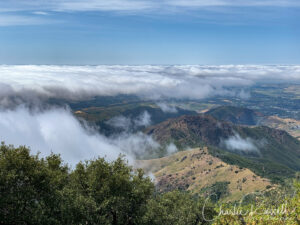
Mount Diablo State Park has multiple entrances, and a wide variety of hiking trails. To get to the summit you will use either the north gate entrance (near Walnut Creek) or south gate entrance (near Danville). The road to the summit from the north gate entrance is 11 winding miles. Keep an eye out for bicycles on the twisty, narrow road. The road ends at the peak, where there is a visitor center and great views in every direction. There are excellent toilet facilities at the visitor center, and at the “lower summit” parking area (which is where the trailhead for the Mary Bowerman trail is located). See this park map for details.
There are over 50 picnic areas in the park, many of which are small nooks tucked along the road to the summit. As you get closer to the summit you may want to pull out in one of these to look around. Some of these areas were burned in the Morgan fire of 2013, and it is interesting to see how the plant life has rebounded in those areas.
There is a $10 fee to enter this portion of the park.
Timing is Everything
This visit was in early May. The lower, exposed reaches of Mount Diablo were all dried up, but due to the elevation the Mary Bowerman trail still had many wildflowers. Note that several of the lower trails (like Mitchell Canyon) will still have wildflowers at this time. That is one of the fun parts about Mount Diablo – there is a huge variation of elevations and exposures, plus a wide variety of wildflowers, so you can find something somewhere in the part from March through June (possibly longer). The Mount Diablo Interpretive Association website has information about where you can hike, and what is blooming currently.
See my list of Mount Diablo Wildflower Hikes for some other options, including the North Peak trail.
Mount Diablo Mary Bowerman Trail Wildflower Listing
Here’s a listing of the native plants that we found on this visit. The ones listed in color are endemic to California (that is, found only in California). Note that we found a lot of endemic species on this short, one mile hike. And other than some grasses, pretty much no non-native plants.
Note that a few of these (Popcornflower, Purple owl’s clover, Larkspur, Phlox-leaf serpentine bedstraw) were not found on this trail. These were found at turnouts for other trails or picnic areas on the drive up (but very near the top of the mountain).
- Blue dicks, Dipterostemon capitatus subsp. capitatus (formerly Dichelostemma capitatum ssp. capitatum)
- Blue witch, Solanum umbelliferum
- Brewer’s phacelia, Phacelia breweri
- Brewer’s rockcress, Boechera breweri ssp. breweri
- Buck brush, Ceanothus cuneatus var. cuneatus
- California butterweed, Senecio aronicoides
- California yerba santa, Eriodictyon californicum
- Canyon nemophila, Nemophila heterophylla
- Chaparral clematis, Clematis lasiantha
- Checker lily, Fritillaria affinis
- Chia, Salvia columbariae
- Chilean trefoil, Acmispon wrangelianus (may be A. brachycarpus)
- Cobweb thistle, Cirsium occidentale
- Common phacelia, Phacelia distans
- Fremont’s death camas, Toxicoscordion fremontii
- Goosefoot violet, Viola purpurea
- Grand hound’s tongue, Cynoglossum grande
- Gypsum spring beauty, Claytonia gypsophiloides
- Hartweg’s umbrellawort, Tauschia hartwegii
- Interior goldenbush, Ericameria linearifolia
- Interior live oak, Quercus wislizeni
- Large fruited lomatium, Lomatium macrocarpum
- Mt. Diablo helianthella, Helianthella castanea CNPS rank 1B.2
- Milk maids, Cardamine californica
- Miniature lupine, Lupinus bicolor
- Narrow leaved miner’s lettuce, Claytonia parviflora ssp. parviflora
- Padre’s shooting star, Primula clevelandii
- Phlox-leaf serpentine bedstraw, Galium andrewsii ssp. gatense. CNPS rank 4.2
- Pink spineflower, Chorizanthe membranacea
- Plectritis sp,, possibly Plectritis macrocera
- Poison oak, Toxicodendron diversilobum
- Popcornflower, Plagiobothrys sp. Possibly Plagiobothrys notofulvus
- Purple owl’s clover, Castilleja exserta ssp. exserta
- Red larkspur, Delphinium nudicaule
- Royal larkspur, Delphinium variegatum ssp. variegatum
- Scytheleaf onion, Allium falcifolium
- Silver bush lupine, Lupinus albifrons
- Western wallflower, Erysimum capitatum
- Winecup clarkia, Clarkia purpurea
- Woodland star, Lithophragma affine


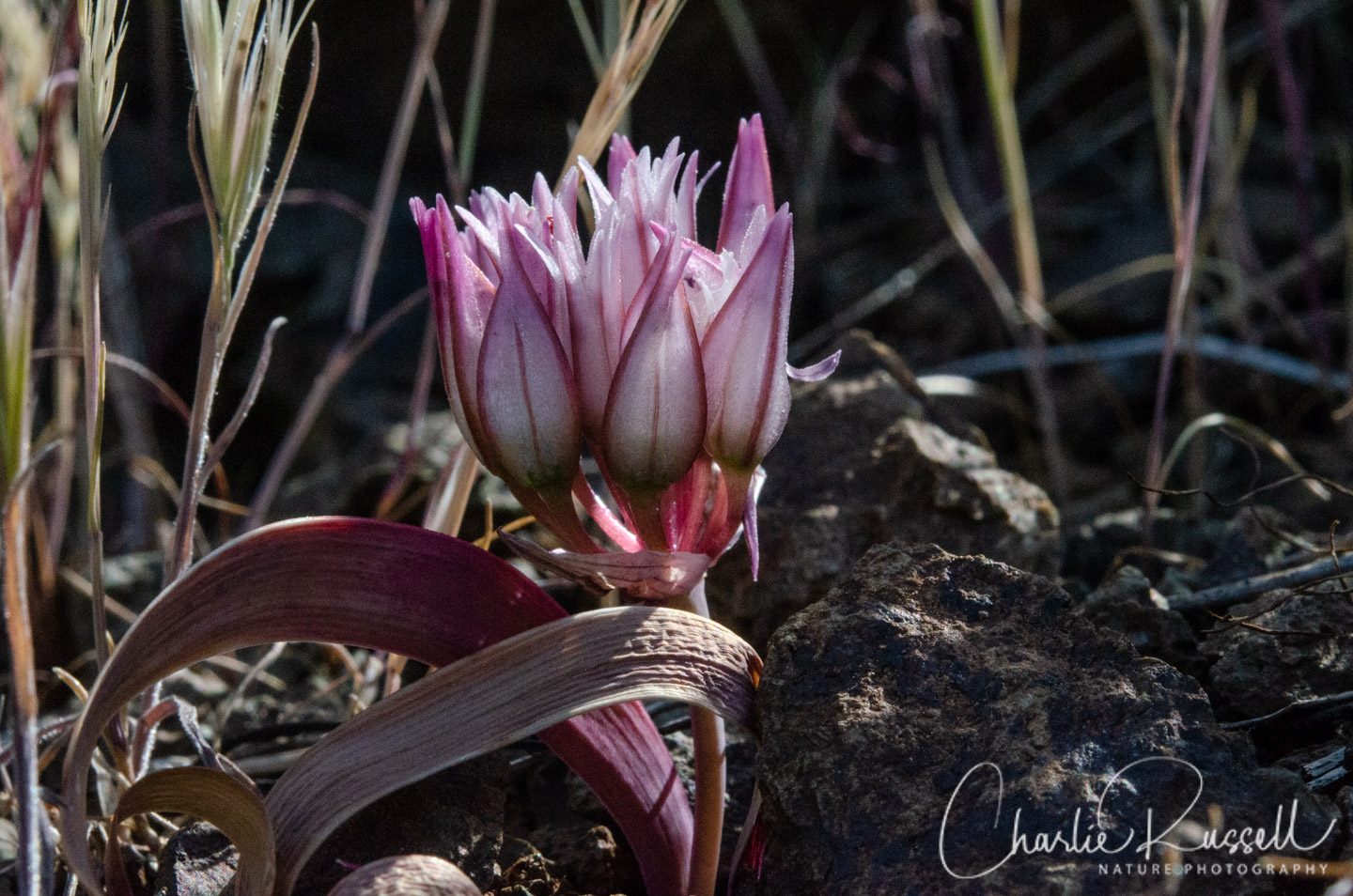
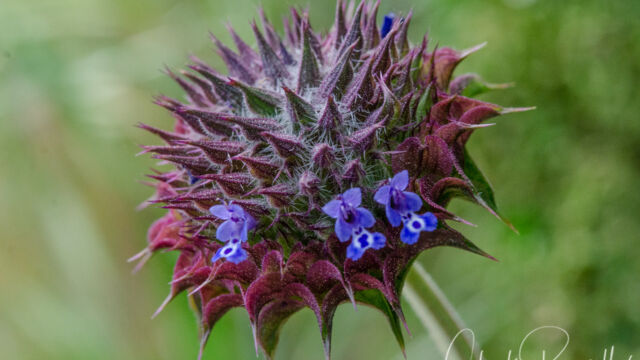
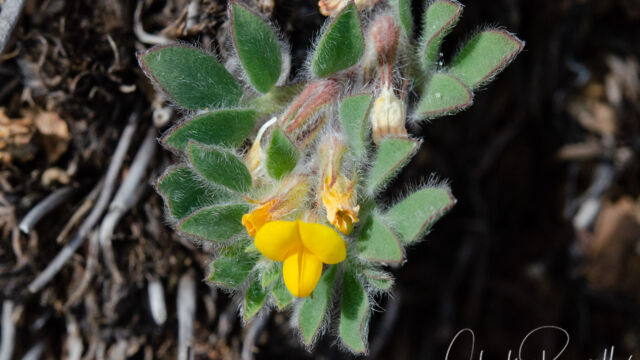
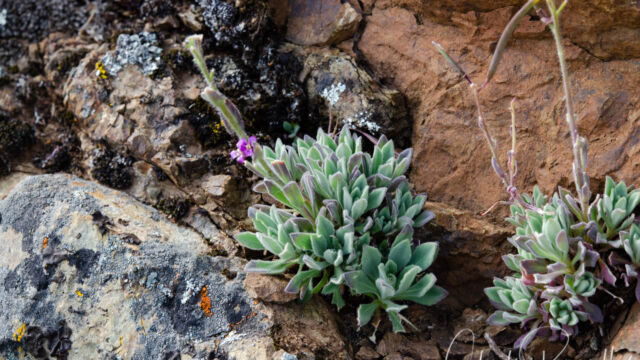
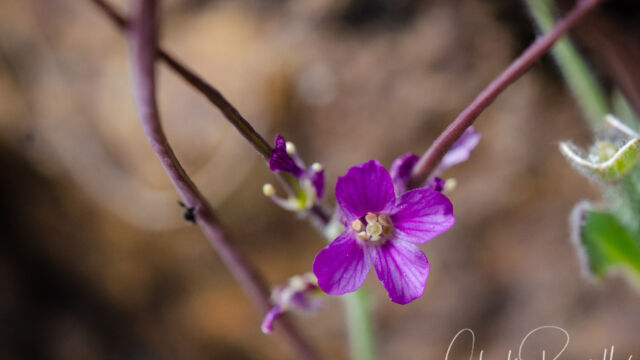
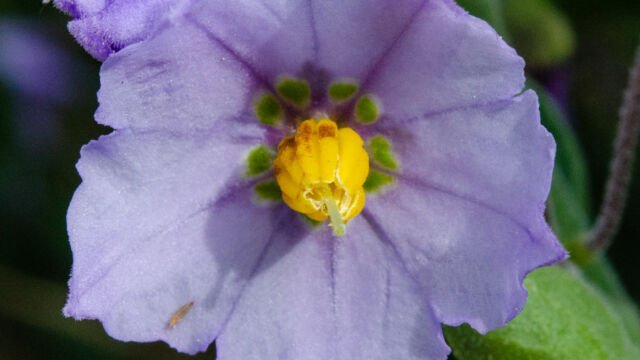




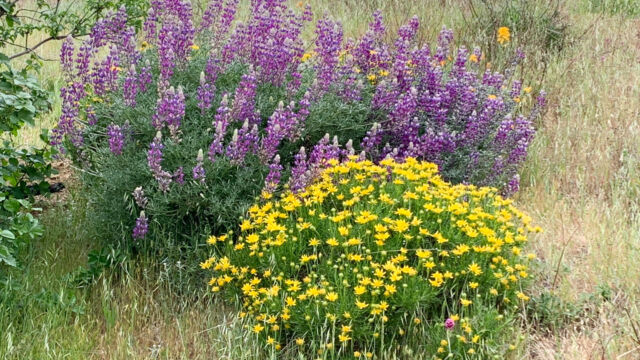
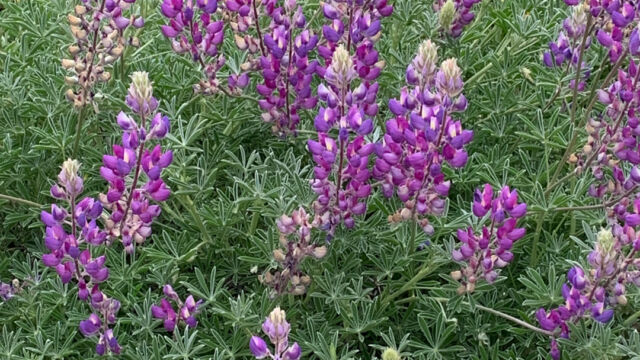
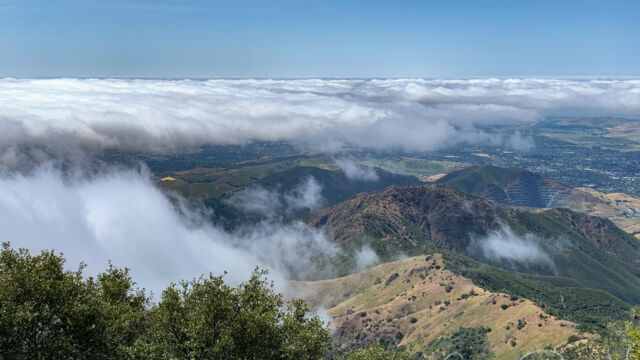
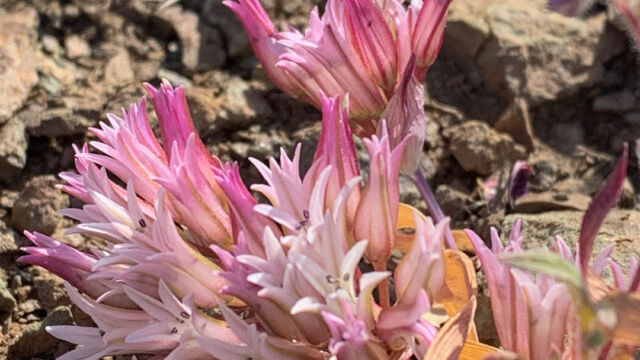

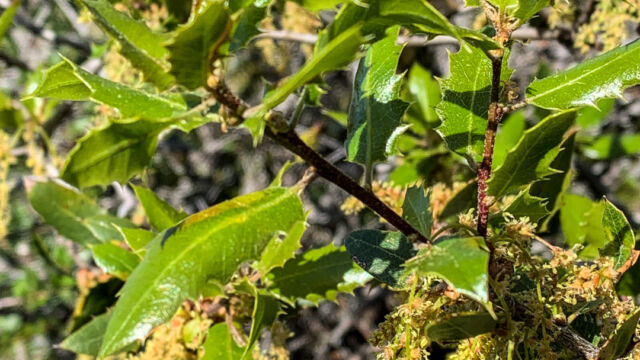
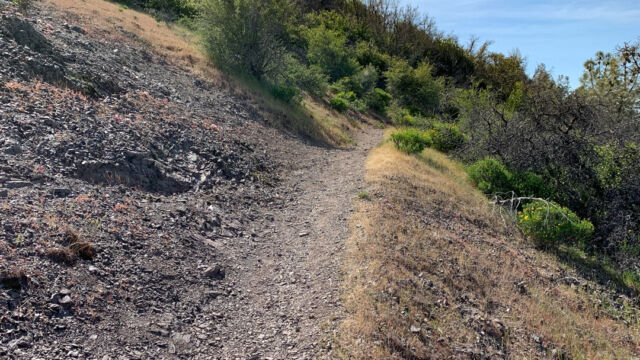
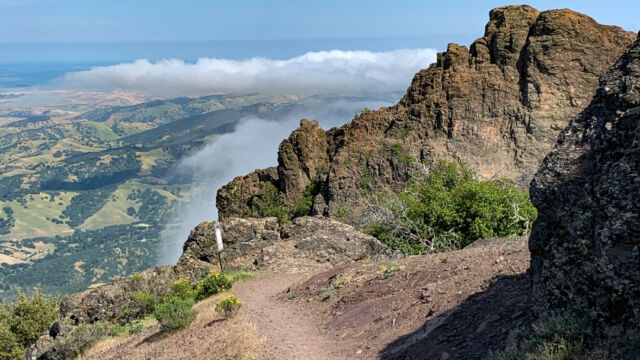
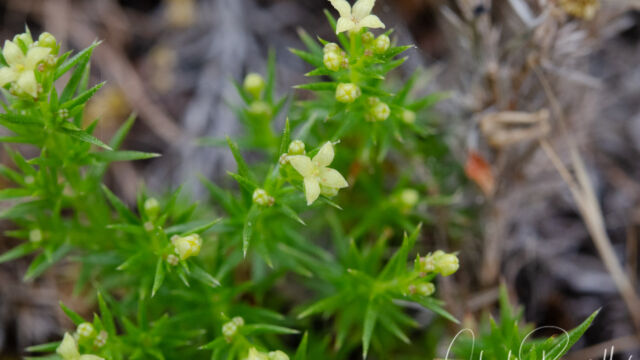

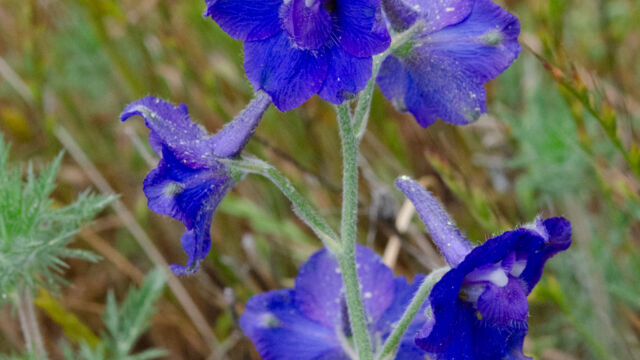
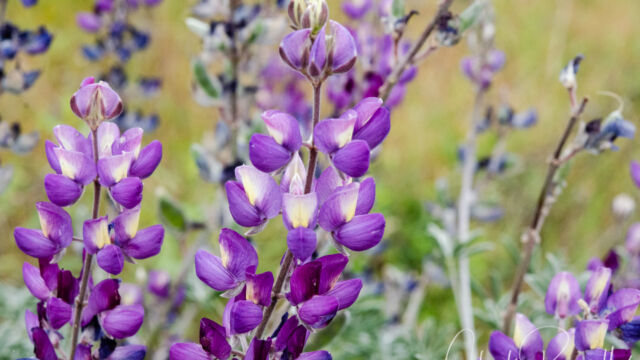
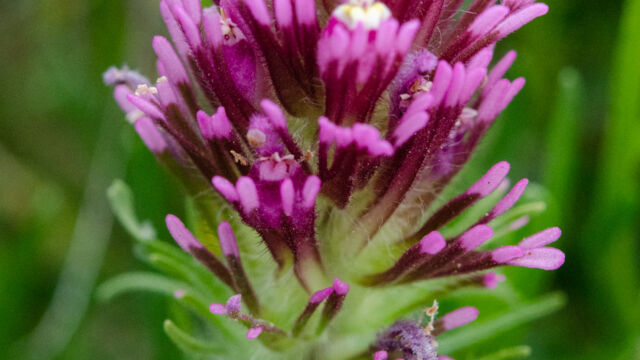
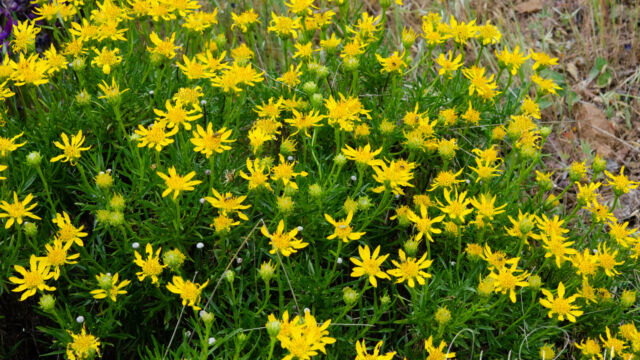
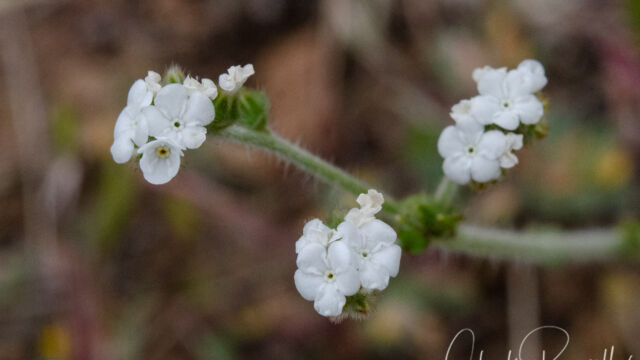
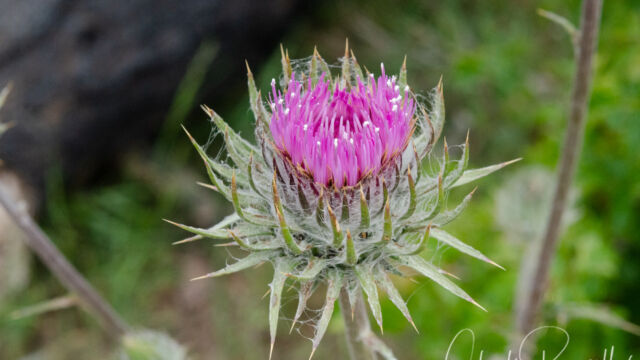
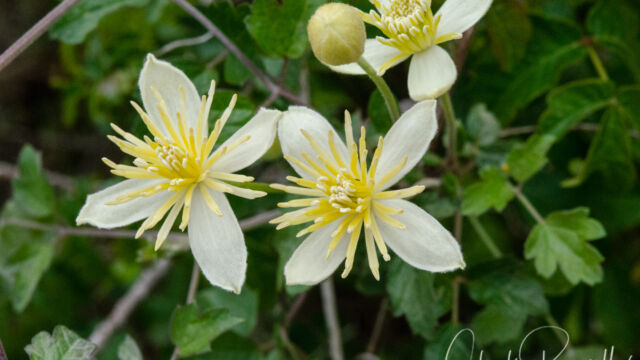
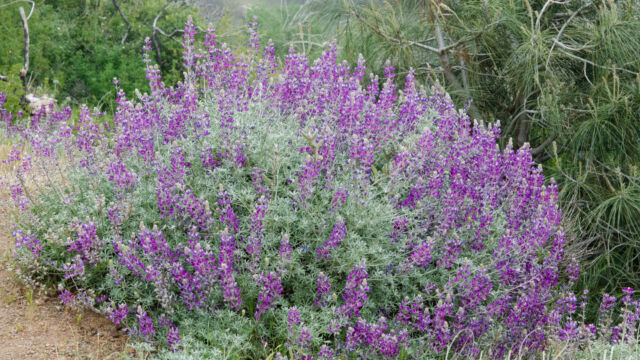


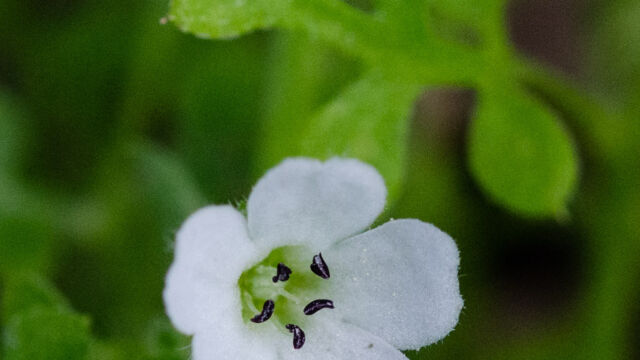
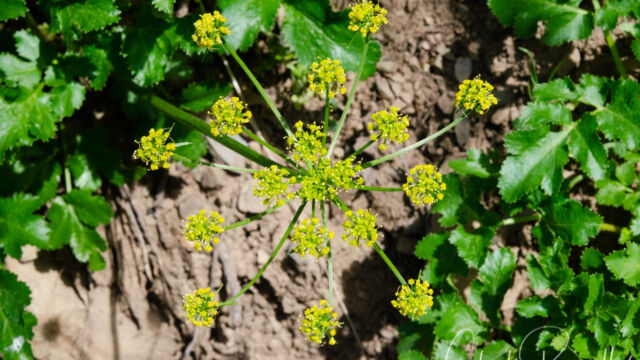
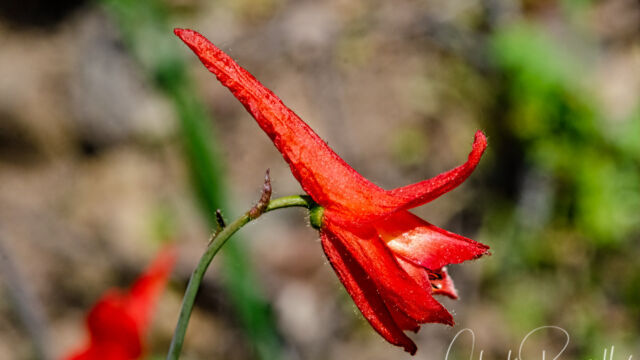
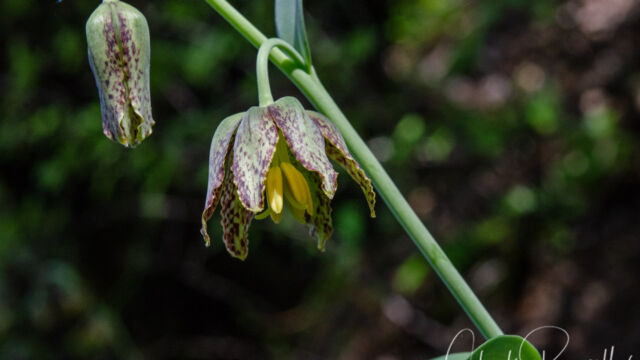
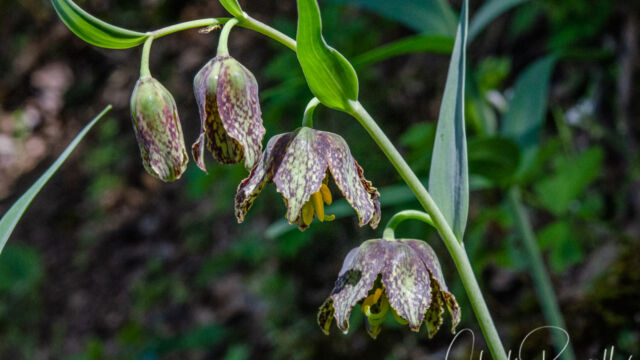
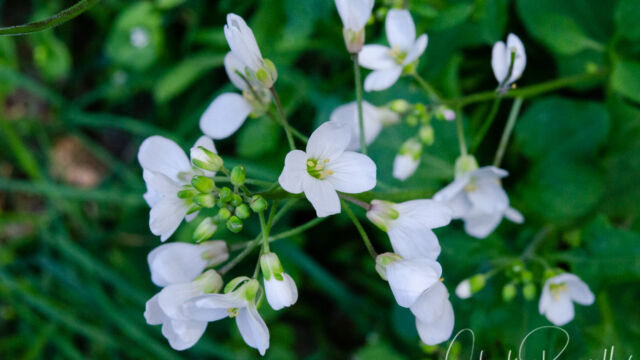
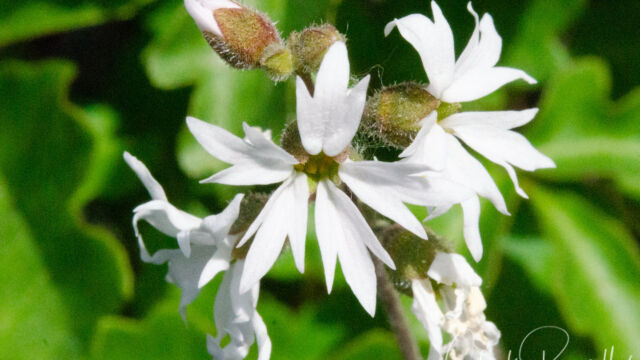
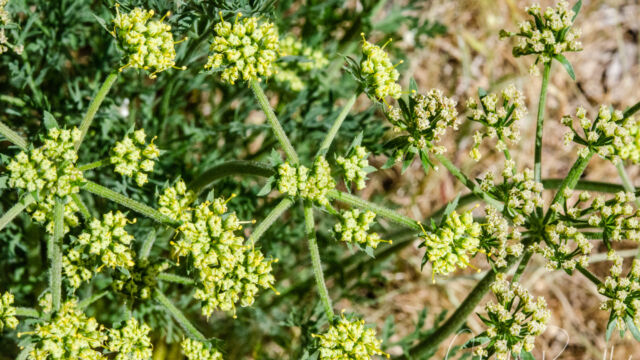
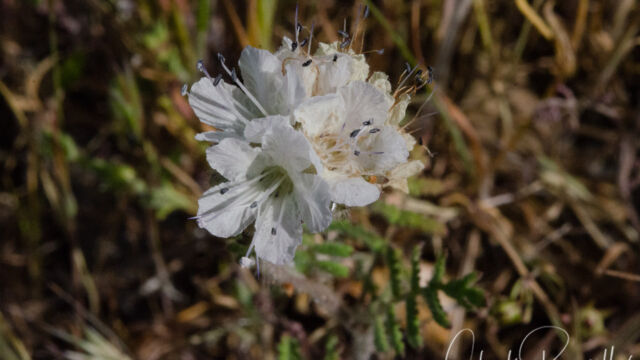
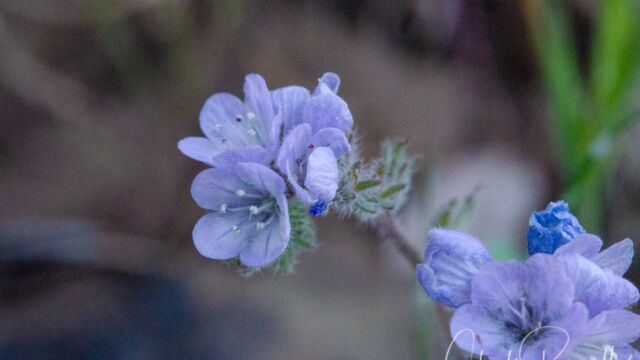
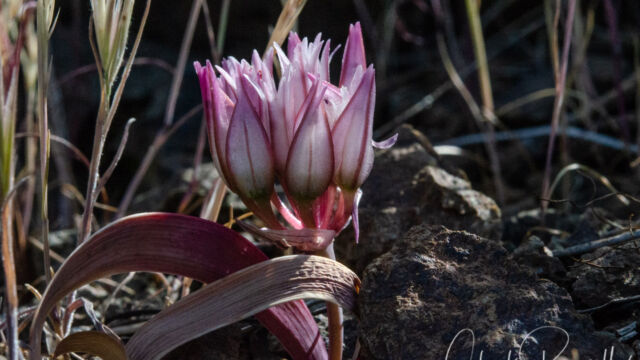


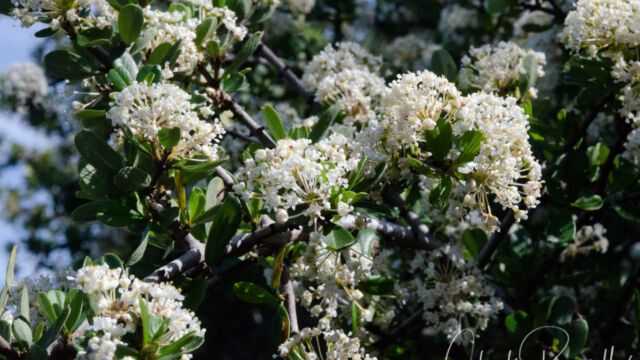
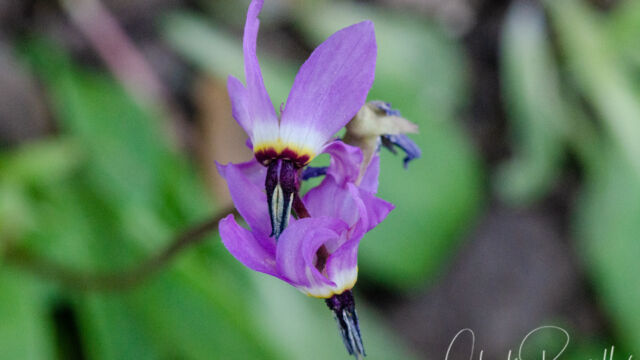
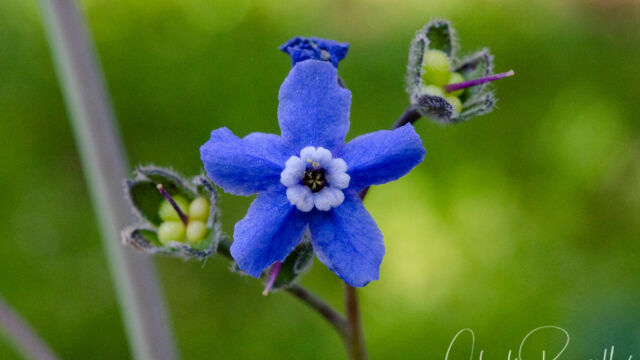

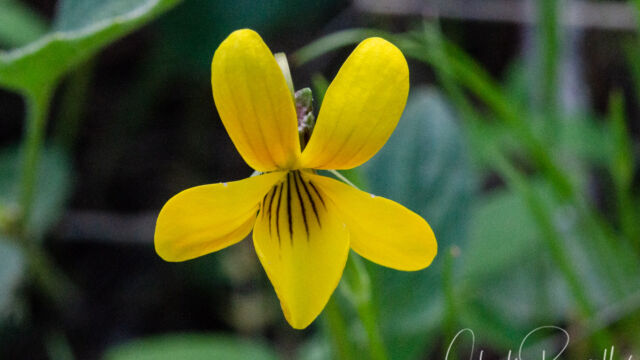
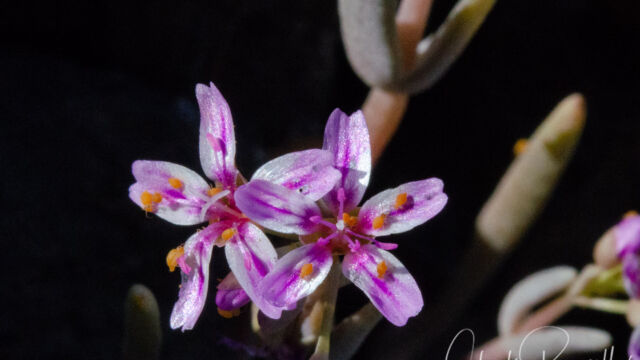
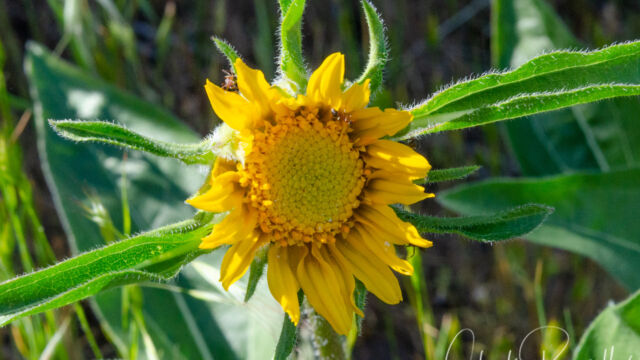
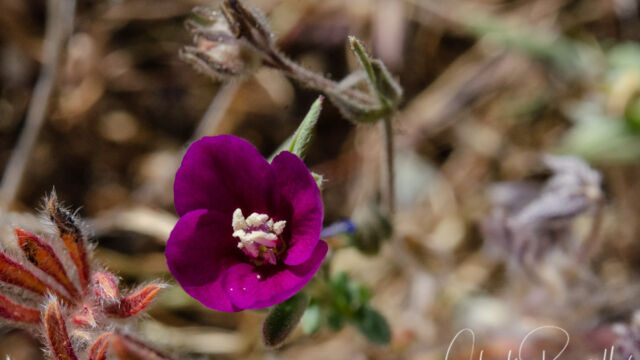
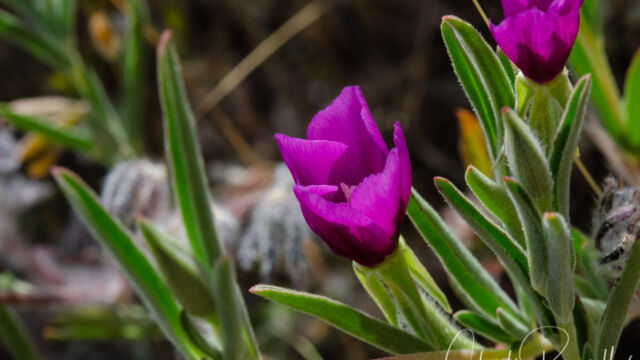
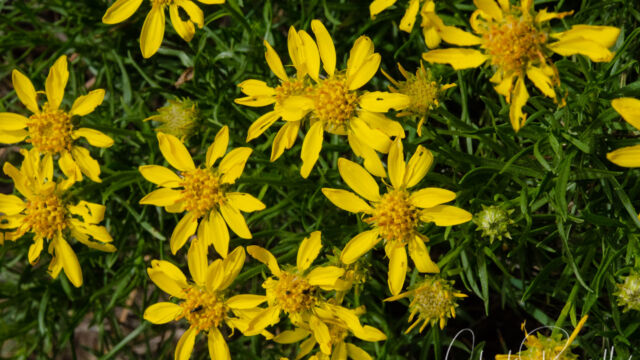
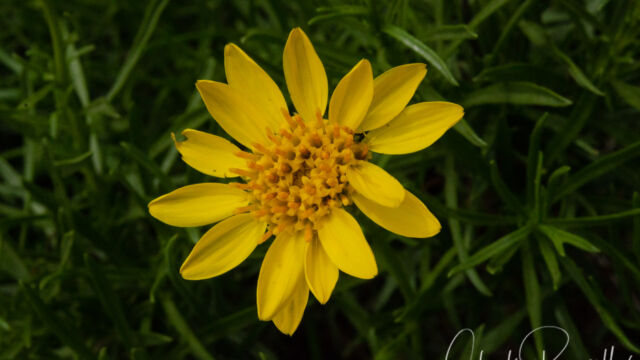
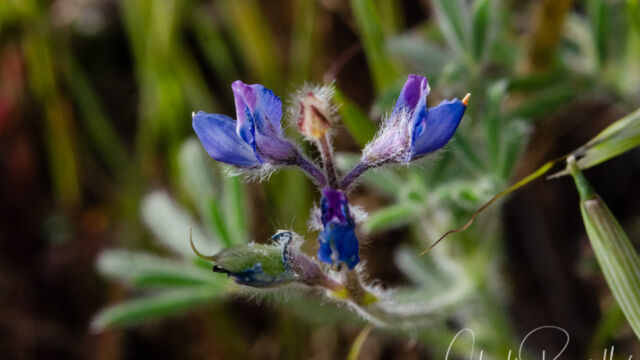
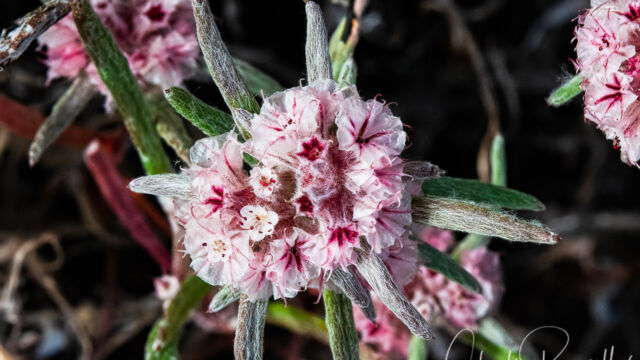
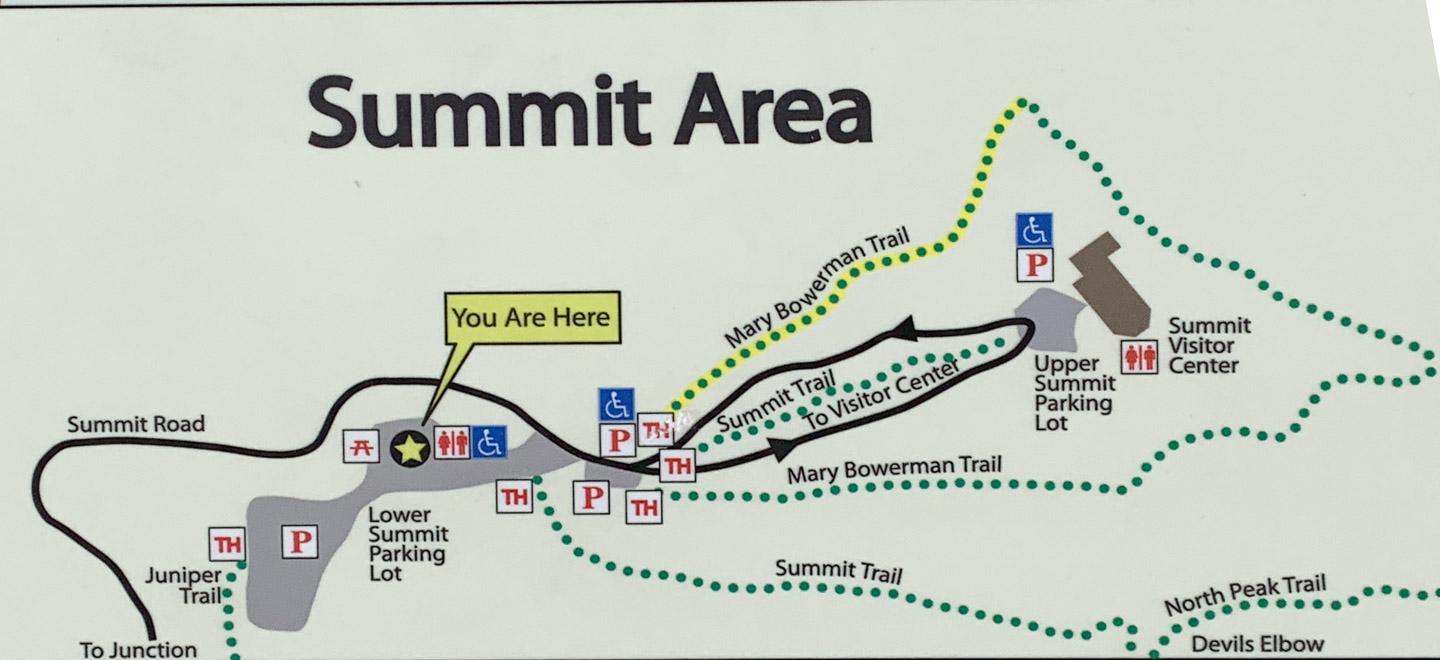
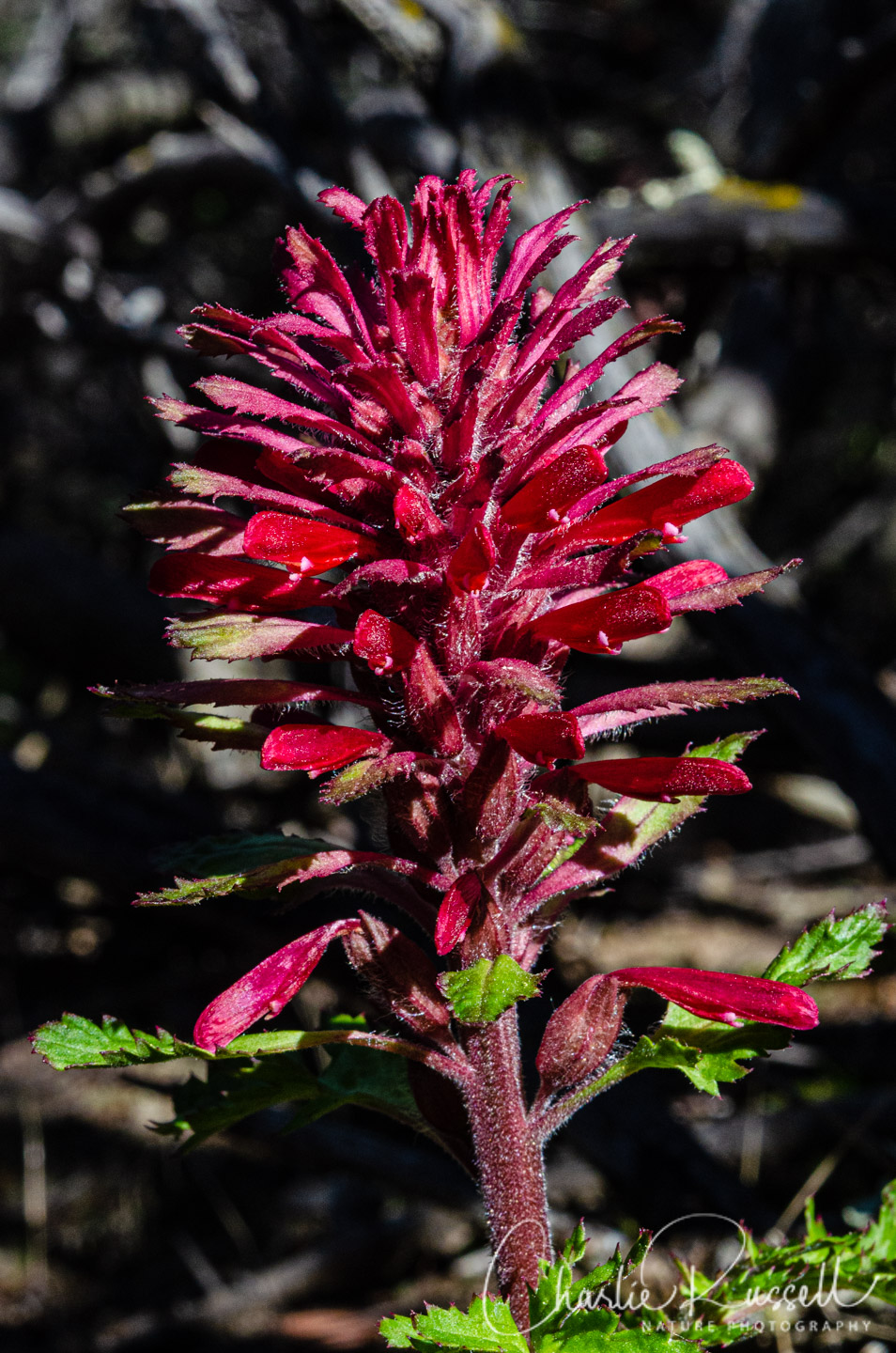

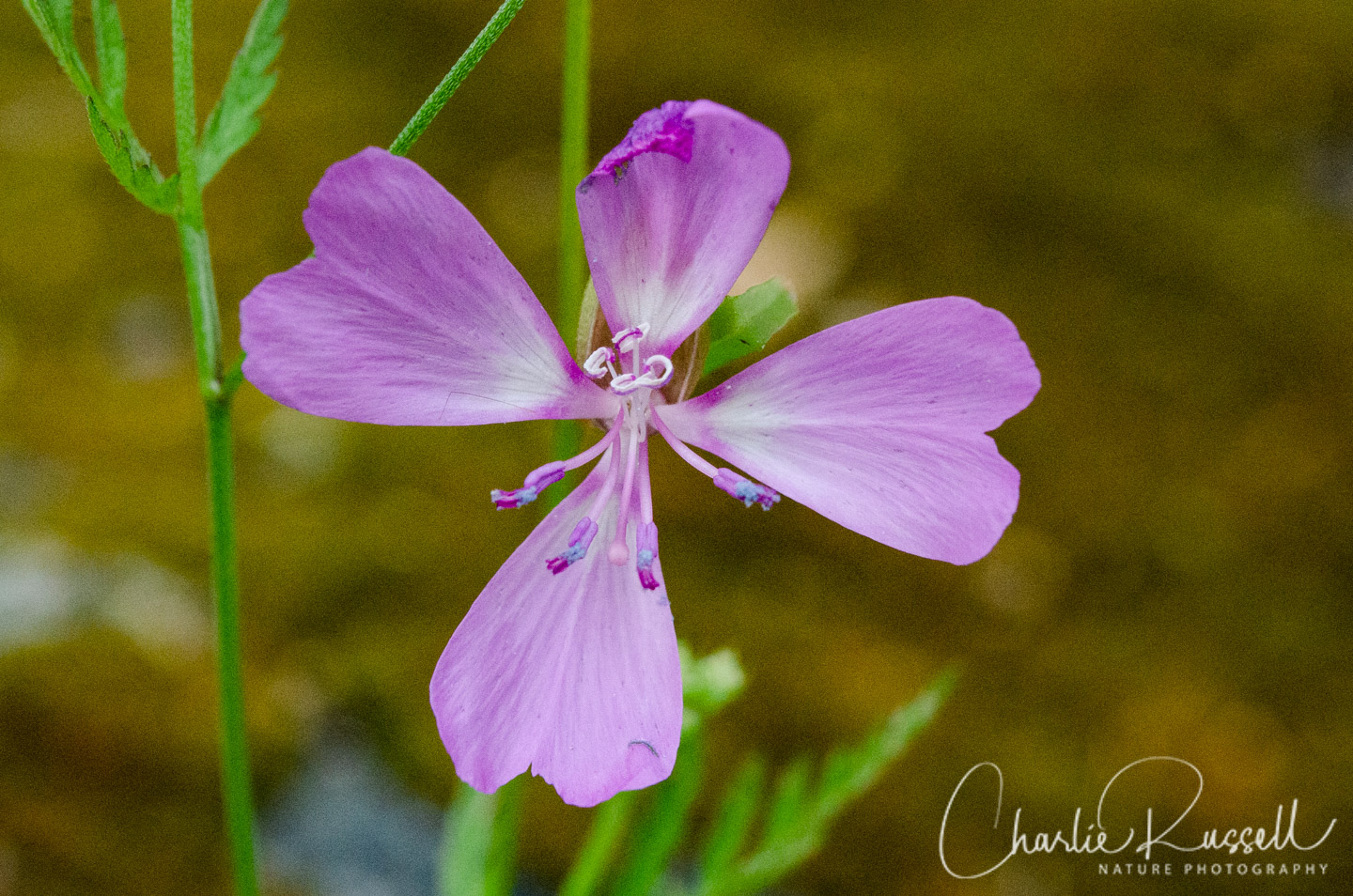
Add comment